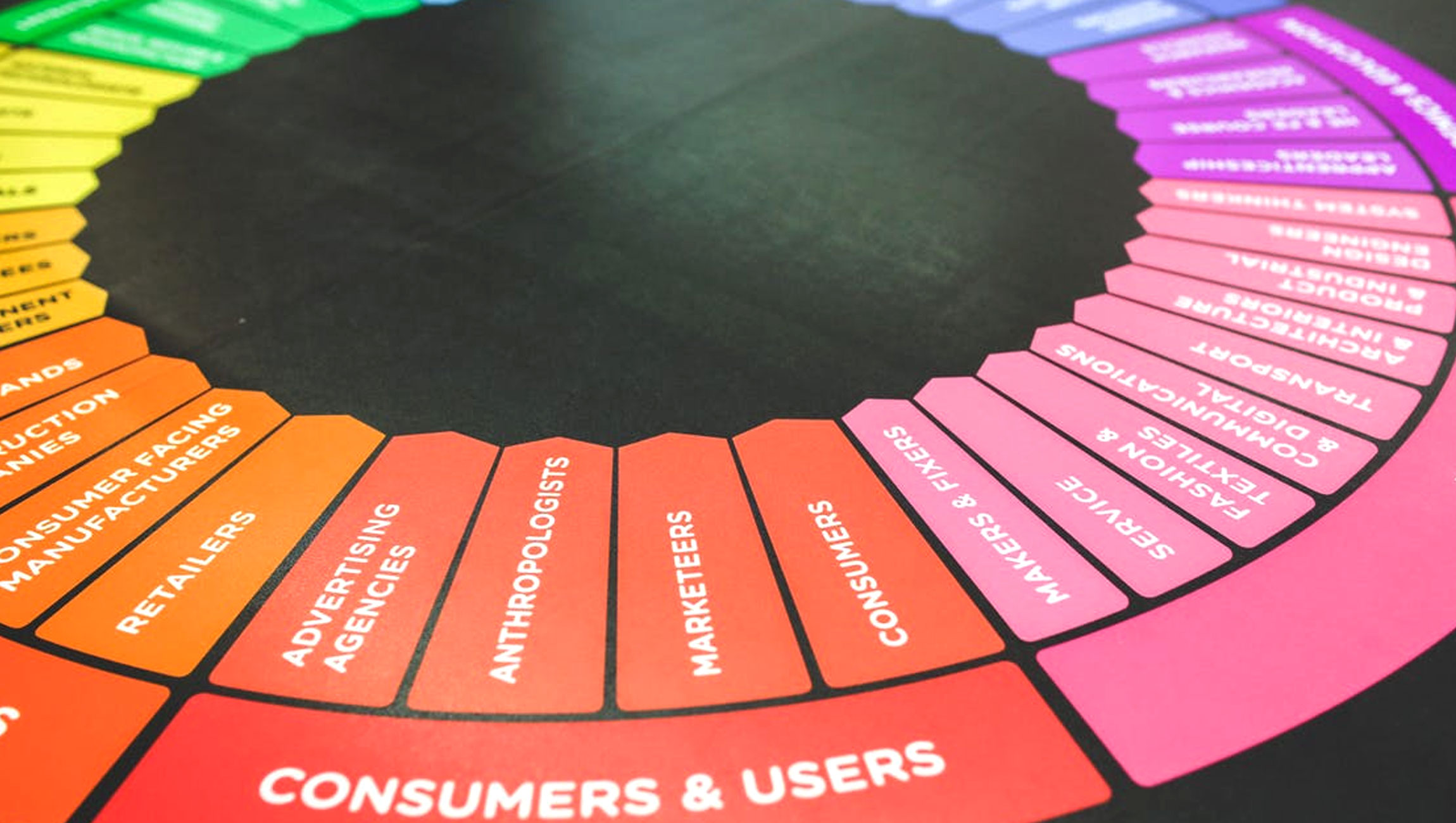Jen Snell
VP, Product Marketing, Verint
Enterprises find more value from their AI/ML investments if they seek to align these endeavors to specific business goals from the very beginning. In this context, we spoke to Jen Snell, VP, Product Marketing, Verint, to understand who owns the results delivered and leveraged from machine learning platforms and to what extent are these learning ‘supervised.’
Html code here! Replace this with any non empty text and that's it.
Tell us about your role at Verint and the team/technology you handle.
I am the VP, Product Marketing at Verint Intelligent Self-Service, working within the Product Strategy team. My team is focused on conversational AI, automation, and analytics.
What is ‘actionable intelligence’? How do AI/ML technologies make intelligence actionable?
Today, it can feel like a trendy buzzword in the enterprise, but Actionable Intelligence has been our motto since we entered business 24 years ago. Simply, it means data-driven analysis and insights that can be acted upon. AI can help us clearly see the paths and actions that are in front of us.
What are the core tenets of your conversation AI platform?
With the largest library of expert-validated intents of any AI platform, we have the ability to plugin to any industry or enterprise need and begin to uncover new value. We believe that AI should solve for real business problems and achieve real business goals, and this library of intents allows us to meaningfully and intelligently engage with employees and customers to increase ROI for every interaction.
Additionally, we focus on scaling both the technology and the human effort at every level. Our advanced AI-tools allow us to automate the analysis of vast quantities of unstructured data and address customer needs in a way that feels authentic and conversational.
How should Marketing Technology companies better plan their AI/ML product development investments?
Enterprises will find more value from their AI/ML investments if they seek to align these endeavors to specific business goals from the very beginning. Deployed in the wrong way or with a vague or ill-matched intent, AI’s power is cut off at the knees. In contrast, going in with a clear business problem or a targeted ROI allows your AI/ML solution to become truly additive to your enterprise.
Who owns the results delivered and leveraged from machine learning platforms? To what extent are these learning ‘supervised’?
Results are ultimately owned by the company, and we use data for further training and refining of models. We deliver different types of Machine Learning models for different purposes. For example, we have specialized intent models that are trained by business analysts during the process of analyzing chats and outcomes. These models are trained and retrained frequently in a supervised fashion to provide information about the disposition of user conversations.
We also use many different unsupervised models for analysis of unstructured data, and these are also trained by an analyst as needed or stored for repeated use.
Another type of model is used for runtime language understanding. These models are deeper than the analysis models and often negotiate thousands of possible intents. These allow the IVAs to participate in conversations with clients. Most often these models are produced through services offered by our team, though some customers build these models for themselves.
What performance reporting analytics do you use to measure the effectiveness and accuracy of machine learning applications?
When we started with our first engagement models, time to resolution was the big KPI. We saw substantial impact there across our enterprise customers. More recently we’ve been able to tie our IVAs performance to actual revenue, either through sales, upsales, or more efficient customer journeys. We think this is where AI for the enterprise currently has the biggest potential.
Could you elaborate further on how traditional communication channels are moving to AI-driven interactions? How does your platform help marketing, sales and service teams manage their communication better?
Traditional communication channels, such as customer engagement and internal comms, are beginning to recognize that AI enables a new level of consistency and data capture within communication that is difficult to achieve by humans alone.
AI serves as the underlying, intelligent system that tracks each interaction, internal and external, in a way that is actionable and clear. In doing so, it allows enterprises to see what the real drivers of ROI and success are within their business.
While communication channels will, of course always benefit from a human in the loop, AI can be a company’s best on-the-ground analyst and process improver.
What does your product/ marketing roadmap look like for 2018-2022? Are you planning to add any technology partners to increase adoption rate?
We’re constantly evaluating new technologies, innovations and approaches, while also researching our own novel ideas such as escalation prediction and anomaly detection. Directionally, we continue to put more control in our customers’ hands so they can be successful with AI and think strategically for the future.
What are your thoughts on AI/ML and the scope of IoT in completely revolutionizing Digital Reinventions for omnichannel businesses?
The value of IoT is obviously more touchpoints and more convenient access to customers. The challenge is the influx of data that IoT is creating and developing the ML and AI capabilities to optimize that data for business insight and strategy. AI will be a foundational part of IoT becoming a viable channel for business, especially as voice becomes a more primary interface for those customer interactions.
Thanks for chatting with us, Matt.
Stay tuned for more insights on marketing technologies. To participate in our Tech Bytes program, email us at news@martechseries-67ee47.ingress-bonde.easywp.com











